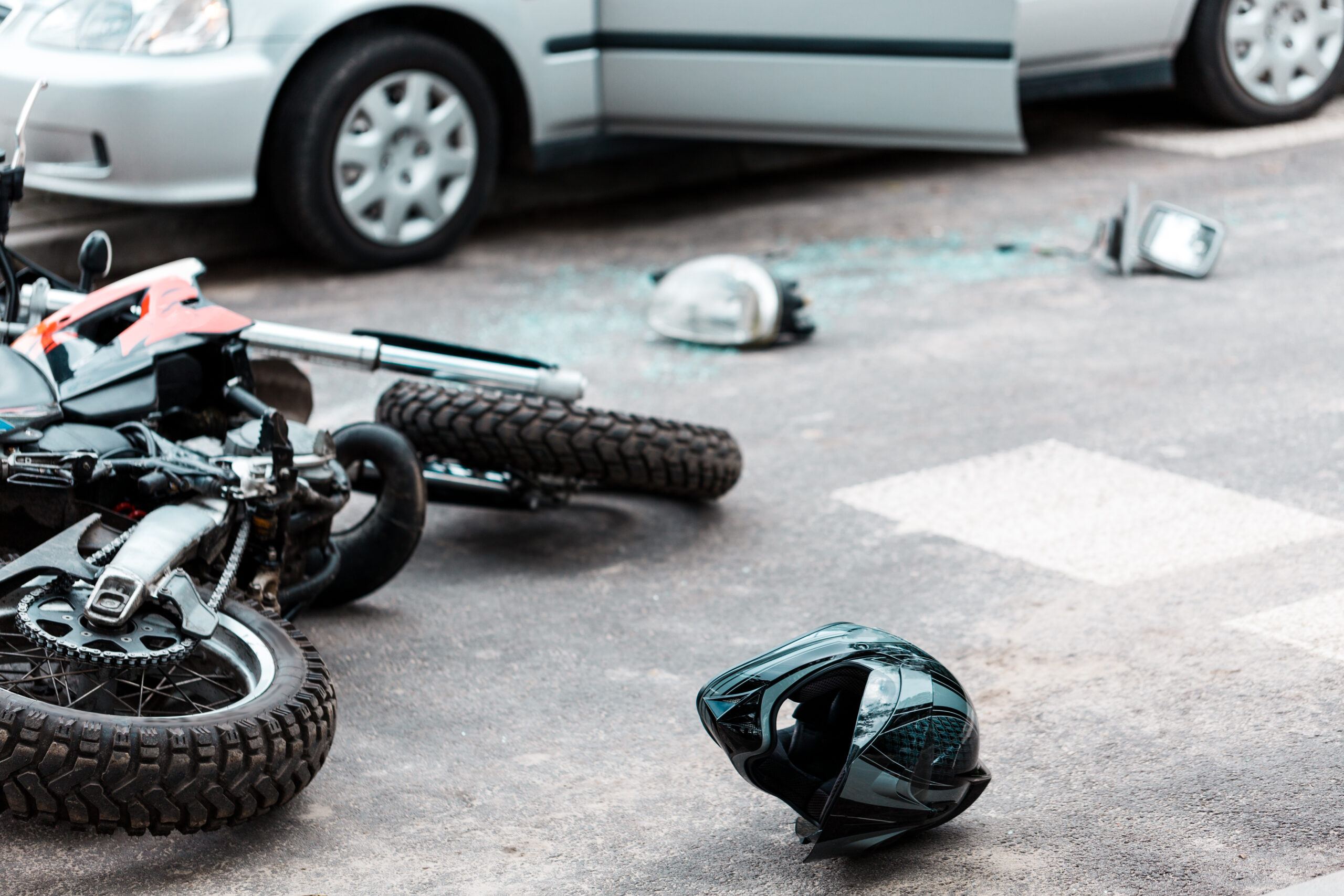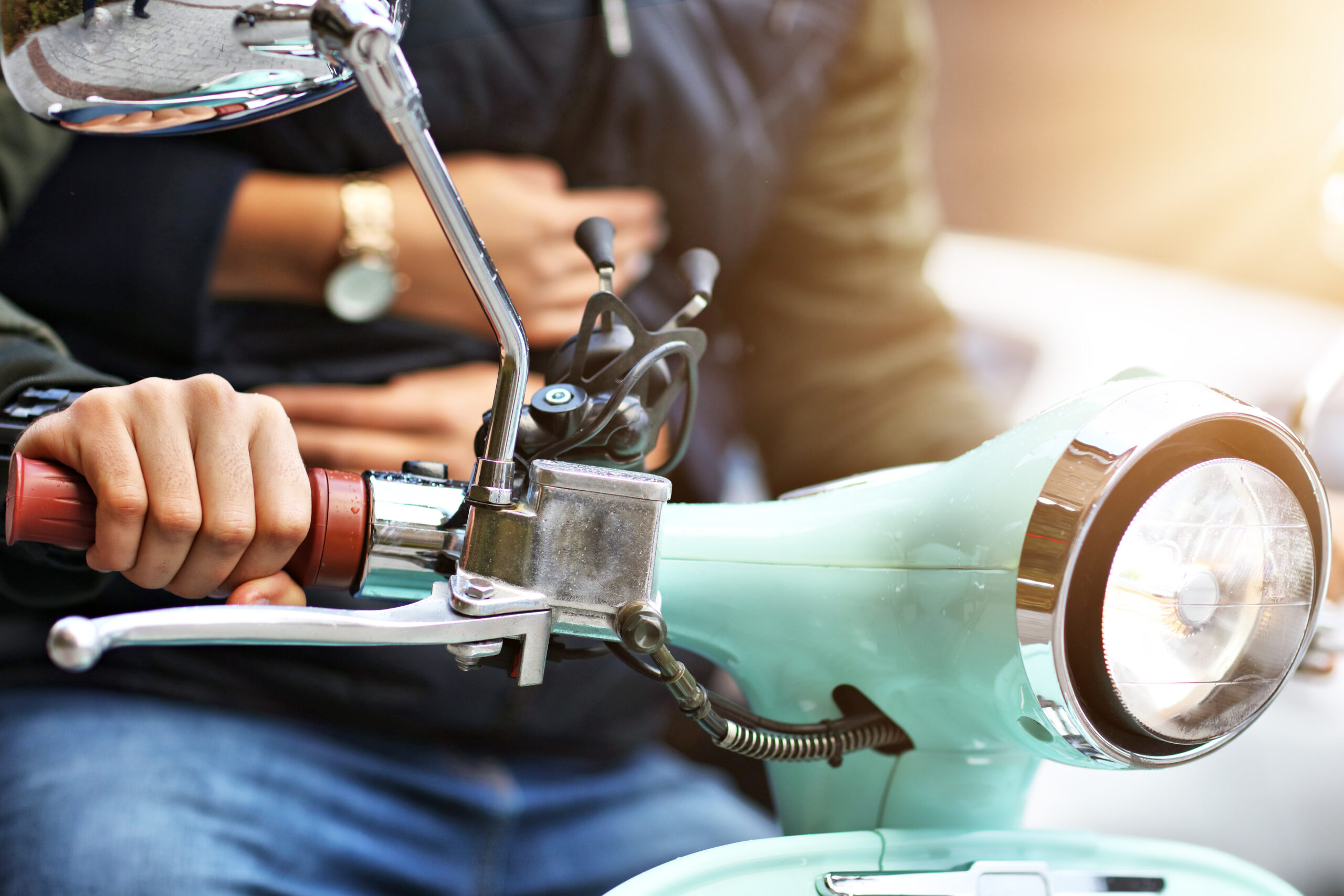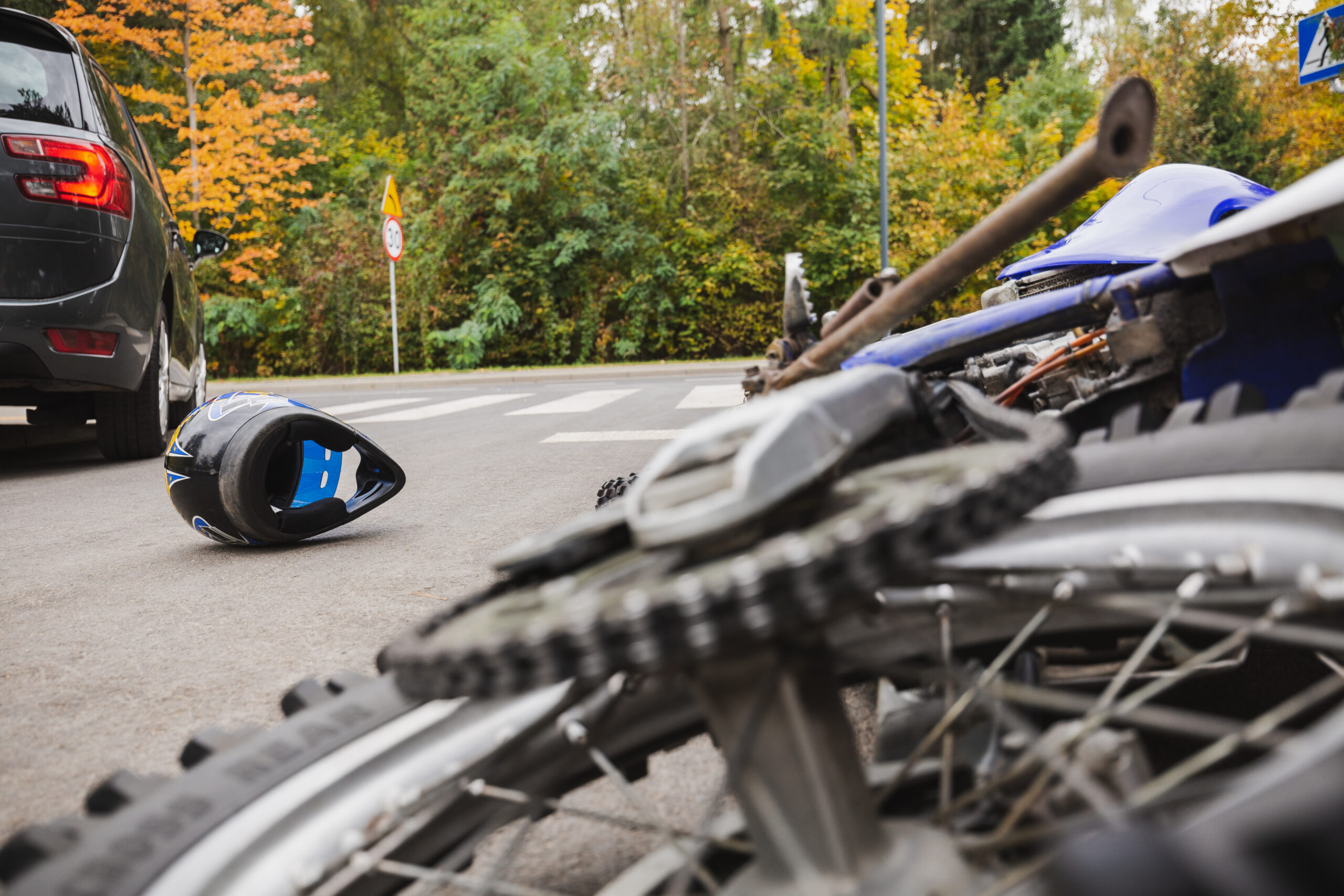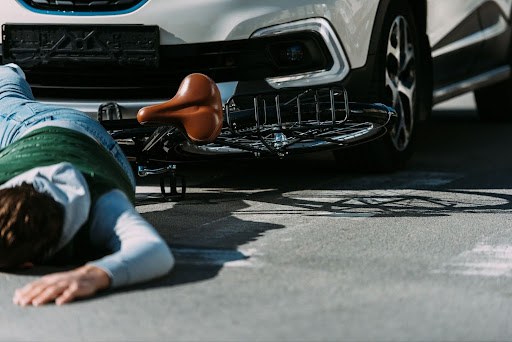Riding a motorcycle offers a sense of freedom that few other forms of travel can match. But with that freedom comes risk.
At Lowe Law Group, we’ve seen firsthand how awareness and preparation can help riders avoid serious injury. Understanding the most common causes of motorcycle accidents, and how to prevent them, can make all the difference.
In this guide, we outline common accident scenarios, essential protective gear, riding techniques, and the steps to take after a crash. We also share recent data and expert analysis so you can make informed decisions every time you ride.
Key Takeaways
- Awareness of common crash scenarios is key to motorcycle accident prevention.
- Quality protective gear can significantly reduce injury severity.
- Safe riding techniques and high visibility help avoid collisions.
- Weather, road conditions, and traffic patterns impact risk.
- Knowing what to do immediately after an accident protects your health and legal rights.
Common Motorcycle Accident Scenarios
One of the most dangerous situations for motorcyclists is when a vehicle turns left across their path. According to the National Highway Traffic Safety Administration (NHTSA), motorcyclists are about 28 times more likely to die in a crash than passenger vehicle occupants per vehicle mile traveled.
Other frequent scenarios include:
- Drivers changing lanes without checking blind spots.
- Sudden stops that leave little reaction time.
- Road hazards such as gravel, potholes, or oil spills.
- Excessive speed and reckless riding.
- Poor weather that reduces visibility and traction.
We have handled numerous cases involving these factors, and we know how they can influence fault and compensation claims.

Protective Gear Recommendations
Riding a motorcycle offers freedom and excitement, but it also comes with higher risks compared to other vehicles. One of the most effective ways to reduce injury in the event of an accident is to wear proper protective gear every time you ride. The right equipment can mean the difference between a minor injury and a life-altering one.
The right gear is your first line of defense for motorcycle accident prevention:
- Helmet – A DOT-approved full-face helmet offers optimal protection. The Insurance Institute for Highway Safety (IIHS) reports helmet use reduces head injury risk by 69%.
- Jackets and Pants – Abrasion-resistant materials help prevent serious skin injuries.
- Gloves – Protect your hands from weather, debris, and impact.
- Over-the-Ankle Boots – Provide critical foot and ankle support.
- High-Visibility Clothing – Enhances visibility in traffic and poor light.
- Wearing protective gear is not just about compliance with safety laws, it’s about making sure you return home safely after every ride. Combine quality gear with defensive riding habits, and you’ll significantly improve your chances of avoiding serious injury on the road.
Motorcycle Riding Techniques for Safety
Core Riding Techniques for Safer Motorcycling
Protective gear is essential, but skillful riding is just as important for avoiding serious motorcycle accidents. Mastering key techniques helps you stay in control, anticipate hazards, and respond effectively in split-second situations.
Mastering core riding techniques is a key component of motorcycle accident prevention:
- Maintain a Safe Following Distance – Gives more time to respond to hazards.
- Use Both Brakes – Improves balance and stopping power.
- Look Through Turns – Guides smoother cornering.
- Stay Alert in Intersections – Anticipate sudden moves from other drivers.
- Avoid Blind Spots – Position yourself where you can be seen.
- Practice Advanced Skills – Emergency braking and evasive maneuvers.
Riding is as much about preparation as it is about the open road. Consistent practice, defensive awareness, and advanced training can make the difference between a close call and a devastating accident.
Visibility Tips for Motorcyclists
Staying visible is one of the most effective motorcycle accident prevention strategies. Riders should make themselves stand out in traffic by using headlights during the day, wearing reflective or bright-colored clothing, and signaling well in advance of any lane change or turn. These actions help alert drivers to your presence, giving them time to react appropriately and avoid dangerous maneuvers.
Positioning is equally important. Avoid riding alongside large trucks or buses, where blind spots can hide you completely from view. Choose lane positions that place you in the direct line of sight of as many drivers as possible. By actively managing your visibility, you create a safety buffer that significantly reduces collision risks, a principle we emphasize when helping clients build strong claims.
What to Do After a Motorcycle Accident
The moments after a motorcycle accident can be overwhelming, but taking the right steps can protect both your health and your legal case. If possible, move to a safe location away from traffic and call emergency services immediately. Even if you feel uninjured, it’s important to seek medical attention since some injuries may not be immediately apparent.
Once you are safe and stable, gather as much evidence as possible. Take photographs of the scene, road conditions, vehicle damage, and any visible injuries. Collect contact information from witnesses and exchange details with the other driver.
Finally, reach out to us as soon as possible. Our team works with accident reconstruction experts and medical professionals to protect your rights and maximize compensation, allowing you to focus on your recovery.

Frequently Asked Questions
What is the most common cause of motorcycle accidents?
A vehicle making a left-hand turn in front of an oncoming motorcycle.
Do helmets really make a difference?
Yes. Helmets greatly reduce the risk of death and serious head injury.
Can bright clothing really prevent motorcycle accidents?
High-visibility gear improves your chances of being seen.
Should I still see a doctor after a minor motorcycle crash?
Absolutely. Some injuries are not immediately visible.
When should I contact an attorney after a motorcycle accident?
As soon as possible to protect your rights and evidence.
Ride Smart, Stay Protected
Motorcycling can be safe and rewarding when approached with skill, caution, and preparation. By combining defensive riding habits, quality gear, and awareness of risk factors, you can greatly reduce your chances of an accident.
If you are involved in a crash, our motorcycle accident attorneys bring proven courtroom experience, medical insight, and accident reconstruction resources to fight for maximum compensation so you can focus on recovery.
Call us today or complete our online form for a free, no-obligation consultation.








